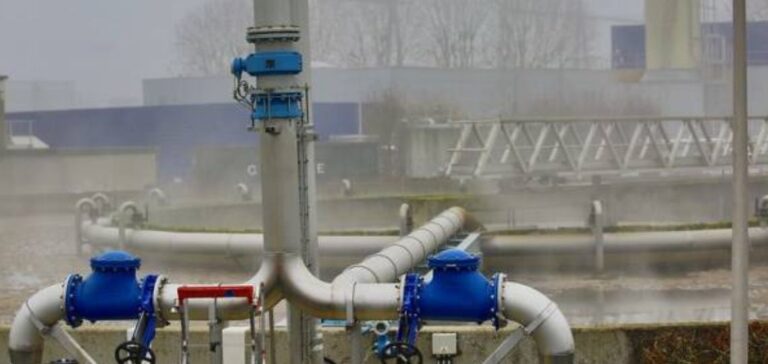With the arrival of summer, Europe is gearing up for a significant increase in energy demand due to the forecast of higher temperatures. Traders and analysts at S&P Global Commodity Insights report that natural gas injections started earlier this year, with reserves already at 62.32% of capacity at the end of April, a record start for several years.
Injection rates and historical comparisons
Historically, the month of May is a key period for increasing gas injections. Indeed, between 2020 and 2023, injection rates in April averaged around 0.16% per day, while in May they almost doubled to around 0.32% per day. These rates should remain high until the end of the summer, with June, July, August and September showing rates of around 0.23%, 0.28%, 0.28% and 0.18%, respectively.
Anticipated strategies for May injections
David Lewis, LNG analyst at S&P Global, suggests that injections in May will be particularly aggressive, following the significant withdrawals in April. However, despite withdrawals, EU stocks ended April with 4.5 billion cubic meters (Bcm) more gas than the previous year. This situation strengthens Europe’s ability to cope with increased demand during the summer months.
Norwegian weather conditions and flows
Cooler weather in Asia in May could redirect some LNG cargoes originally destined for Europe. However, a recent increase in prices at the TTF (Title Transfer Facility) hub in Europe has made the continent more attractive for LNG cargoes. The performance of Norway, a key supplier, is also decisive. If Norway maintains robust flows, Europe will be able to continue its injections and fill its reserves rapidly. However, unforeseen maintenance could increase prices and discourage injections during May.
Reactions to market conditions
Despite high inventories, market players are anticipating a bullish second quarter due to impending risks. Europe has already reached its target of filling gas stocks to 90% for the year, well ahead of the November 1 deadline set by the EU, positioning the market to meet requirements well into the winter.
Expectations for the injection season
Market sources predict that injections will intensify as temperatures rise, reducing the need for heating withdrawals. Although there is demand for gas for cooling in Europe, particularly in the Mediterranean, it does not rival demand for heating. S&P Global analysts predict that emerging bullish trends could help keep prices sustained throughout the summer.
Europe’s preparations for increased energy demand this summer involve proactive management of LNG stocks and adaptive injection strategies. As the continent heads into a potentially volatile summer, decisions taken now will have a significant impact on Europe’s energy stability in the months ahead.






















